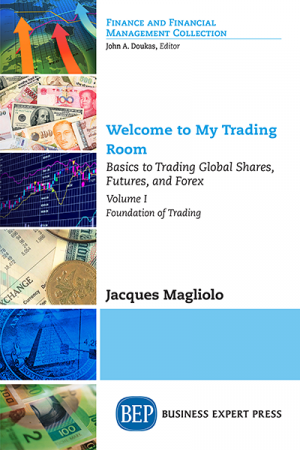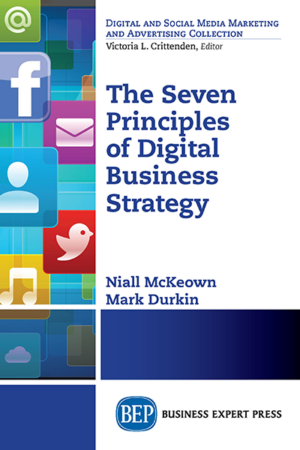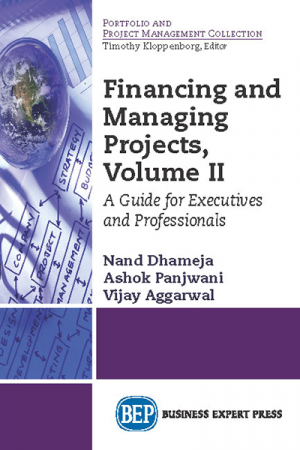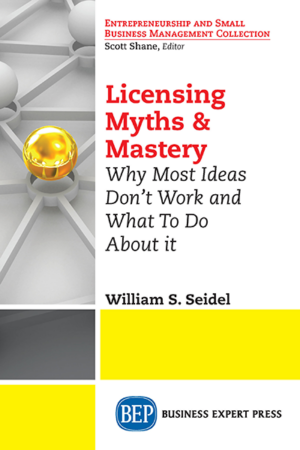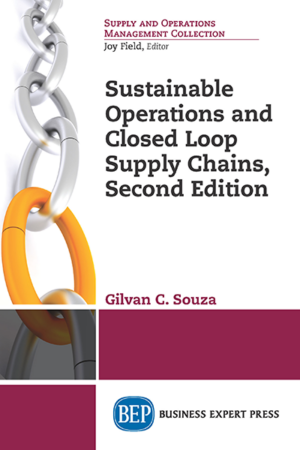A Communication Guide for Investor Relations in an Age of Activism
$21.99Today’s competitive corporate environment and the increased expectations of speed in communication make it critical for companies to develop strategic programs for communicating with investors. This book provides an executive overview of the field of investor relations with a focus on what investor relations officers need to know to be successful. Readers will learn the essentials of communicating with investors, the stock market, governance, reputation, and more.
With the rise of activist investors, investor relations officers serve as guardians of one of a company’s most important assets— its reputation. This book serves as a guide to understanding the history of investor relations and how it has evolved in the age of activist investors. Included are discussions about managing an investor relations program, assessing reputations and how to measure the impact of investor relations efforts. By the end of the book, you will understand the strategic role of investor relations and how activism impacts corporate storytelling,risk,crisis, events,and analyst relations.



